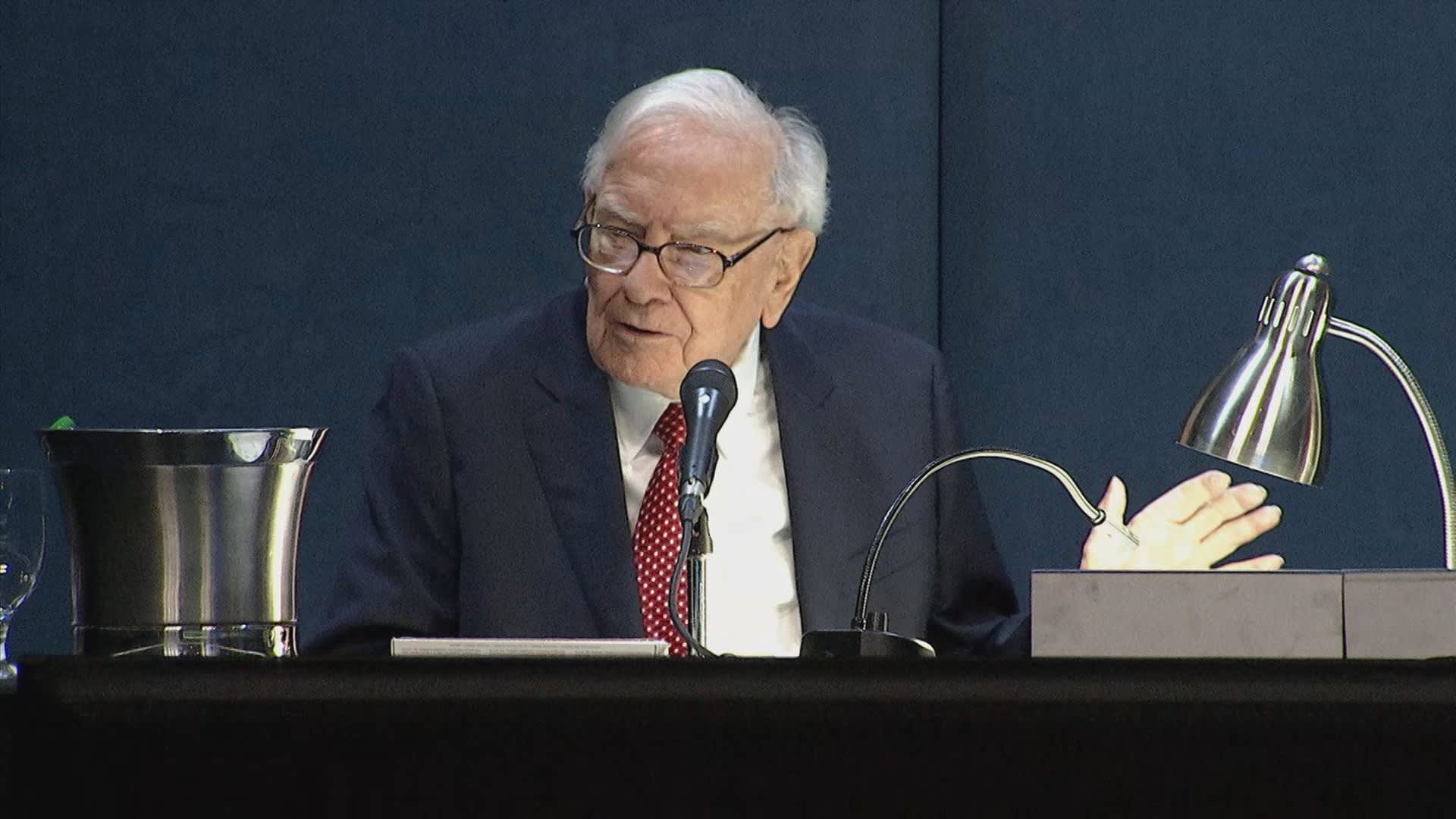
The Cannon Building tunnel is pictured as Congress remains absent due to the coronavirus on Tuesday, March 31, 2020.
Tom Williams | CQ-Roll Call, Inc. | Getty Images
The founder and administrator of an obscure website about underground infrastructure in Washington, D.C., saw a sudden and suspicious spike in traffic in the days before the U.S. Capitol insurrection.
The sharp increase in web visitors alarmed the site’s operator so much that he contacted the FBI. Elliot Carter, who operates the site, worried people were covertly seeking escape routes or entry points to the Capitol ahead of the electoral college count in January.
That concern about web traffic to WashingtonTunnels.com eventually made its way to leadership of U.S. Capitol Police, the News4 I-Team has learned.
“These people were suddenly obsessed with the Capitol building,” Carter said.
Carter, a longtime D.C. professional who once interned on Capitol Hill, created and curates the website detailing the history of underground tunnels and pipe systems in the nation’s capitol. The site, which has a narrow but devoted following among D.C.-area history and city planning buffs, includes maps and details of the underground transit rail system, along with water and sewer systems.
Carter has also included maps of the unique and heavily traveled underground tunnels on the Hill, which connect the Capitol building to House and Senate Office Buildings, the Library of Congress and the Capitol Visitor Center.
Traffic on the website is usually limited to visitors and referrals from people in D.C. and in nearby communities in Virginia and Maryland, Carter said. But starting on New Year’s Day, a spike in traffic included visitors nationwide. He said a deeper review of analytics from his site revealed many of the clicks were coming from hyperlinks shared on anonymous message boards, sites and forums named after militias or firearms, or using Donald Trump’s name.




